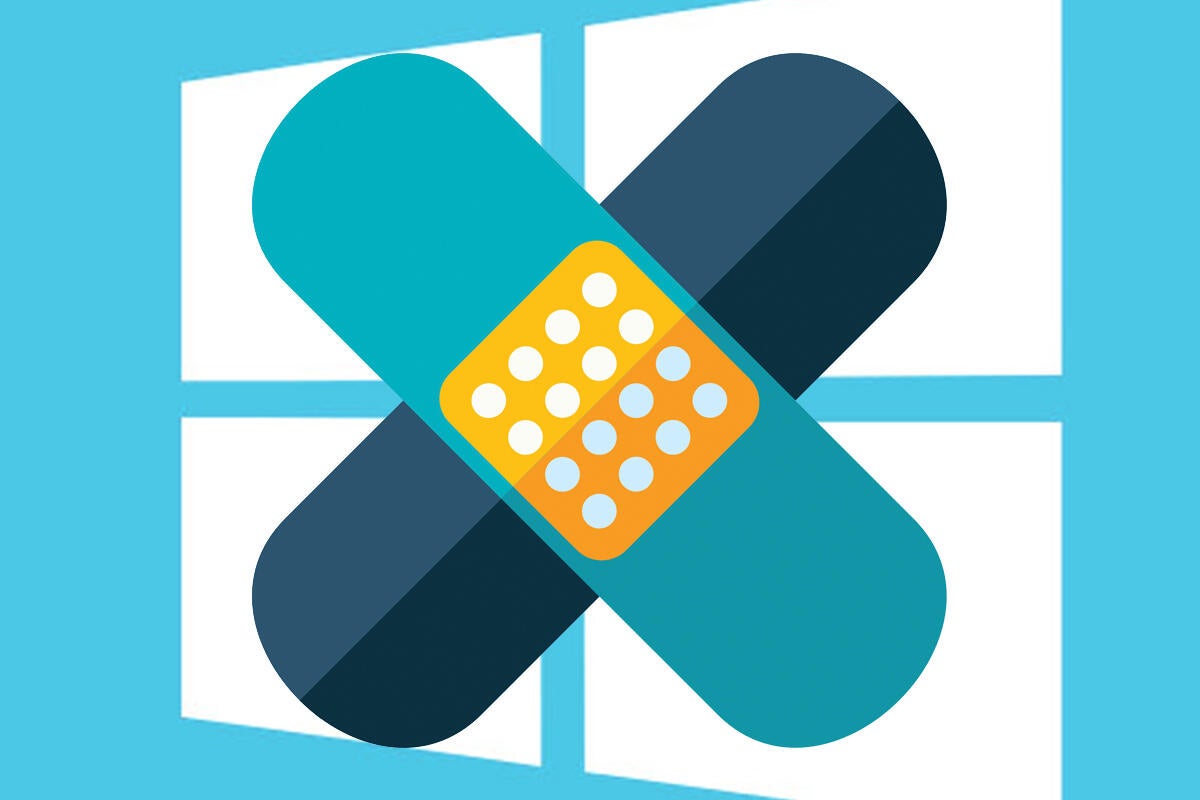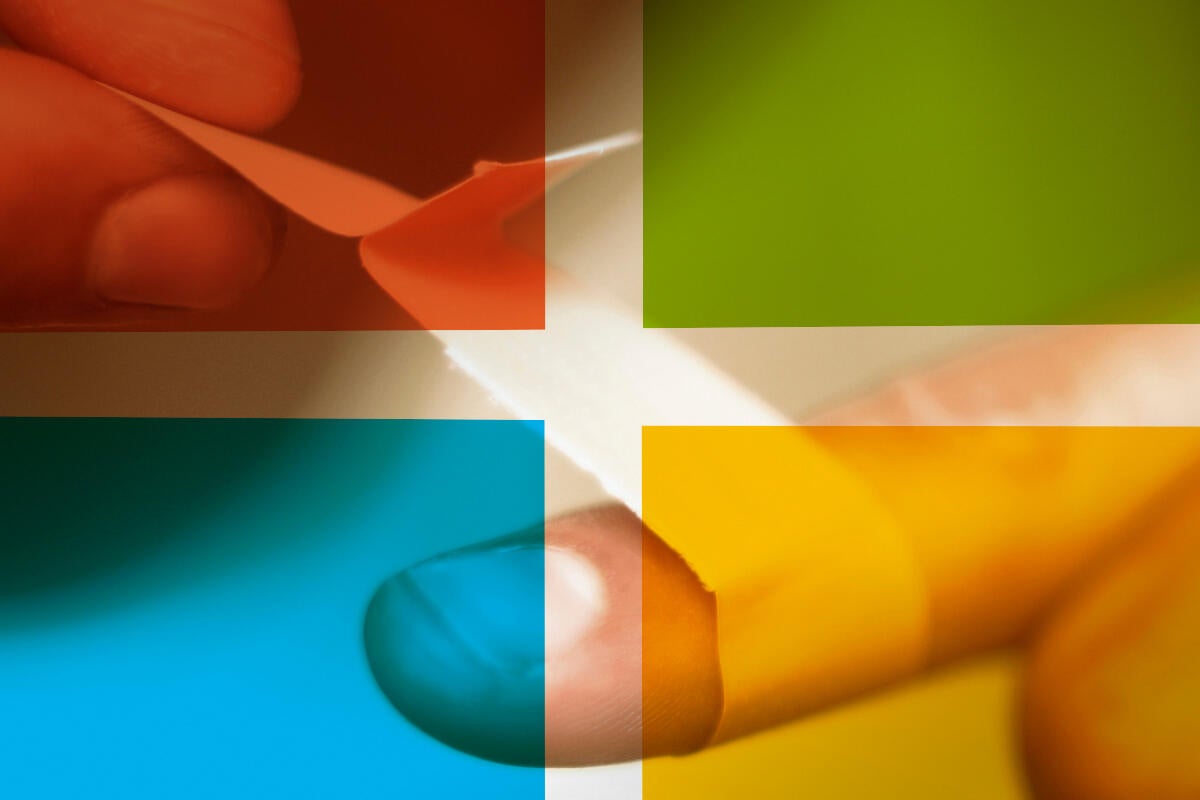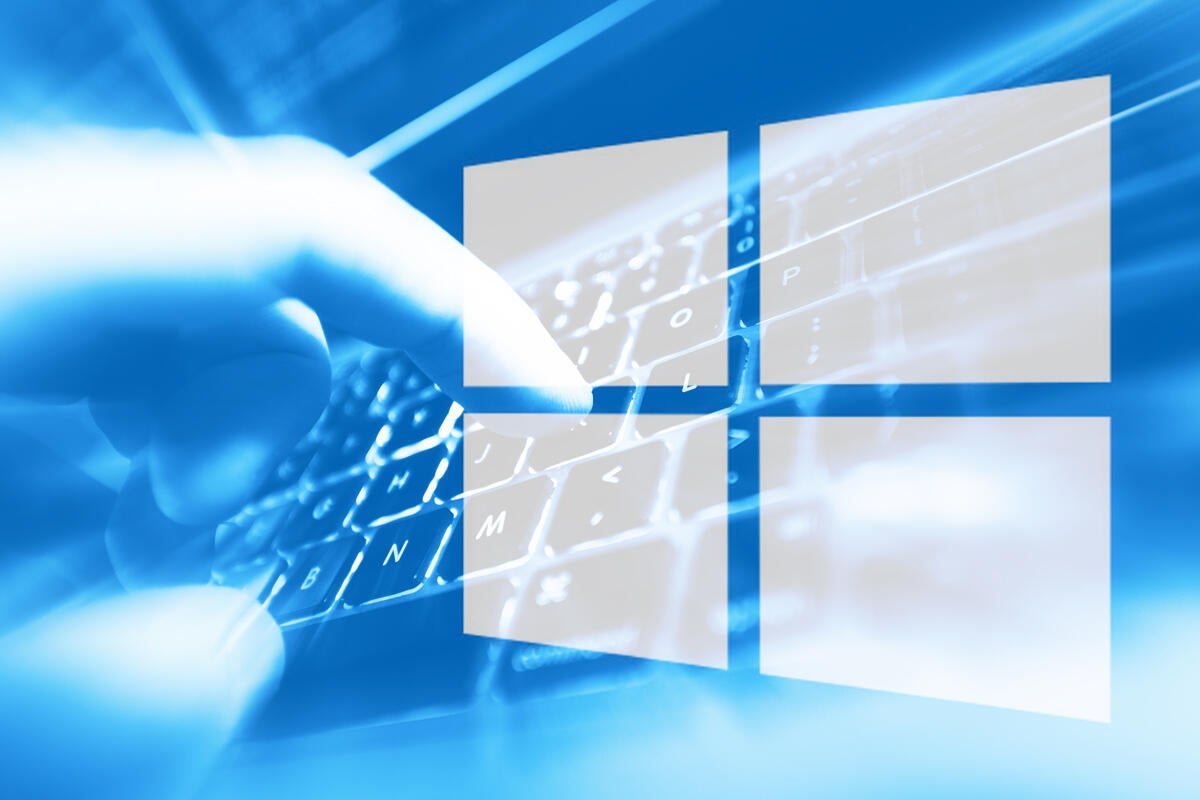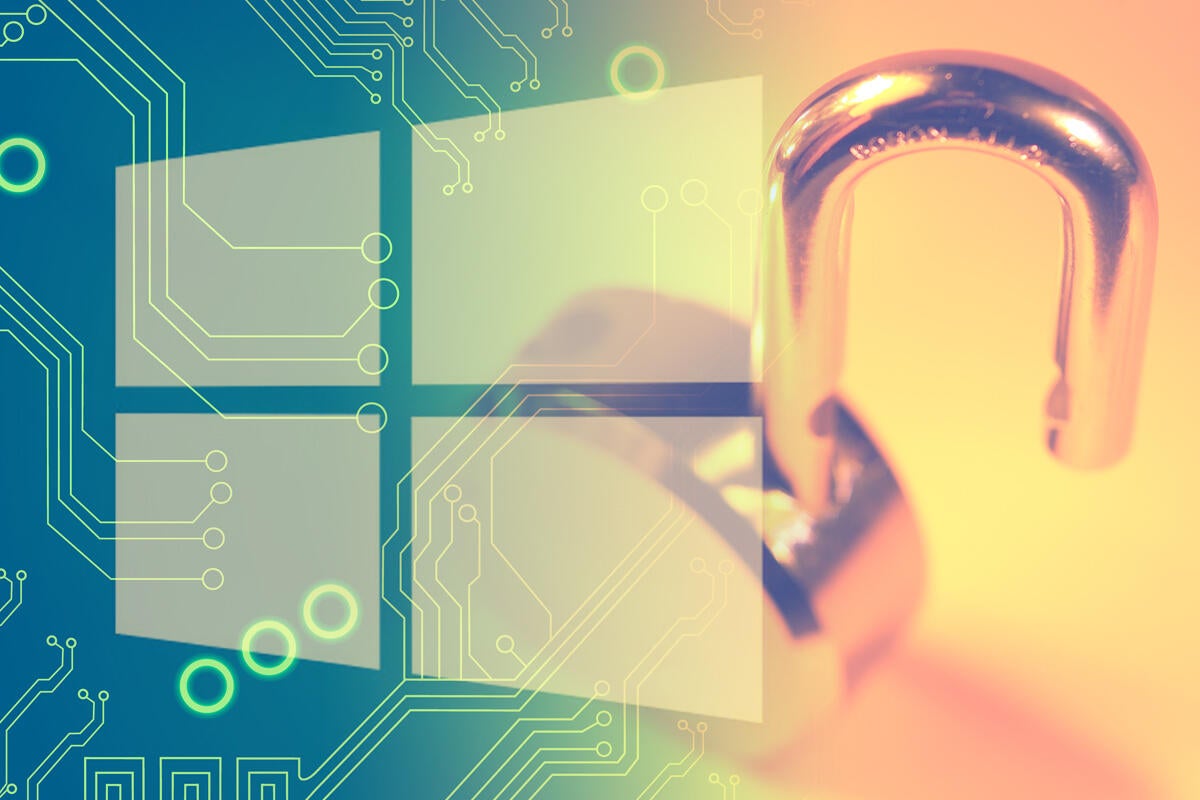Patch Tuesday problems, fixes — but no cause for immediate alarm

Credit to Author: Woody Leonhard| Date: Thu, 10 May 2018 10:51:00 -0700
Results are starting to roll in about this month’s Patch Tuesday, and it’s quite a mixed bag. For those of you struggling with the new Windows 10 April 2018 Update, version 1803, there’s good news and bad news. The hand wringing about a new VBScript zero-day, thanks to our good old friend baked-in Internet Explorer, looks overblown for now. And if you can’t get RDP working because of “An authentication error has occurred” messages, you missed the memo.
Windows 10 version 1803
First, the good news. As I anticipated earlier this week, this month’s cumulative update for 1803 is a must-have, warts and all. The new build 17134.48 replaces the old 17134.1 (which went to those who installed 1803 directly or fell into the seeker trap) and the old 17134.5 (for those upgrading with the Windows Insider builds). As Susan Bradley explains, 17134.48 claims to fix both the Chrome and Cortana freeze, as well as a major VPN bug.





